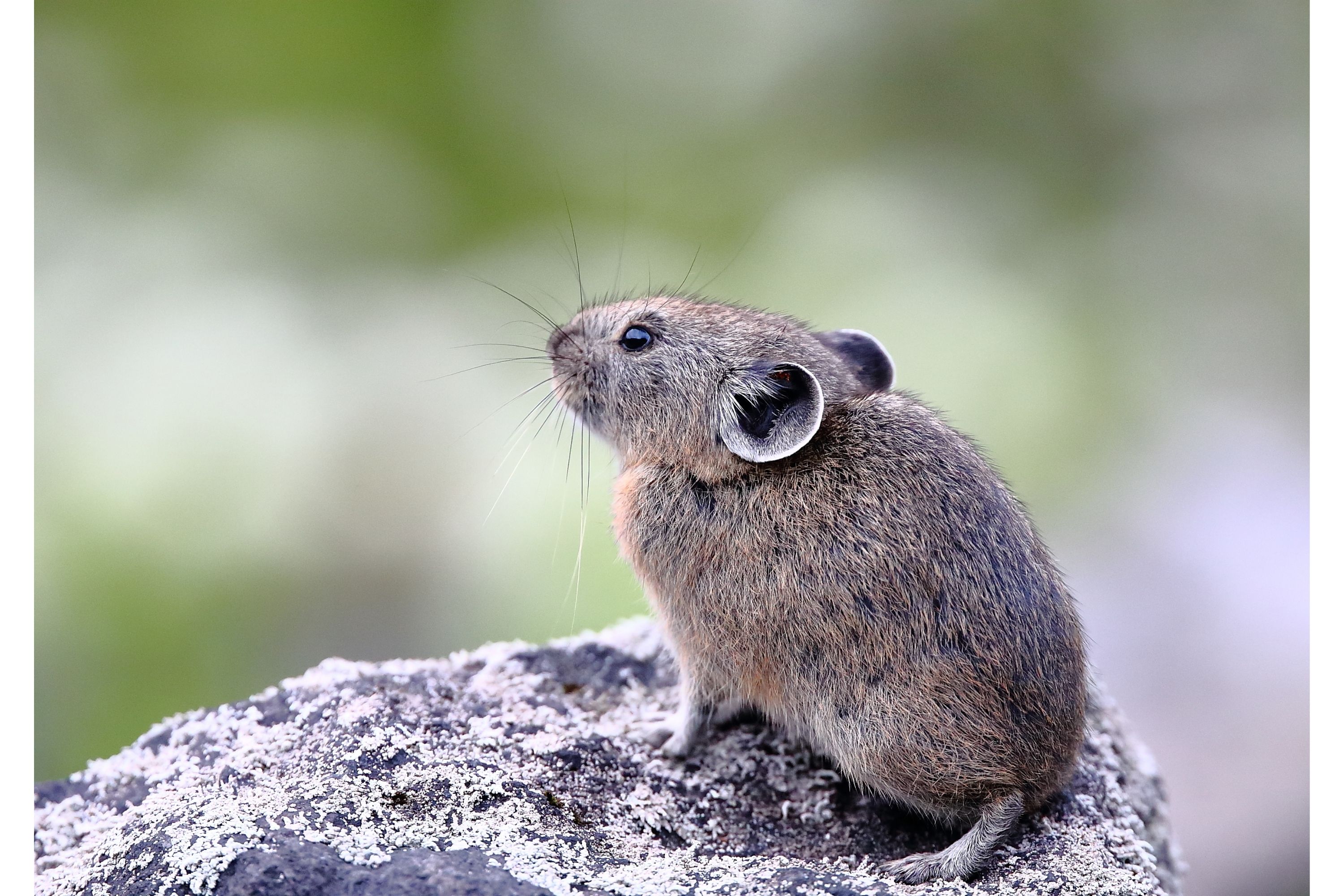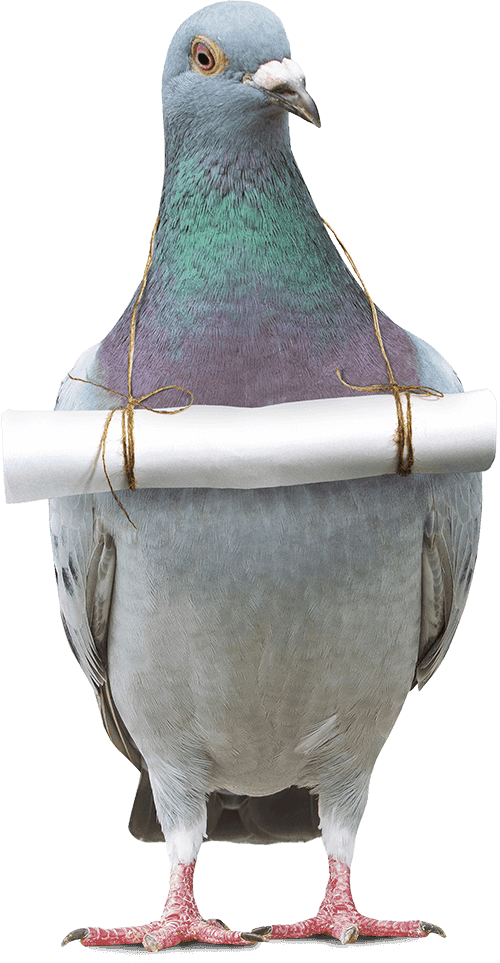Northern pika
(Ochotona hyperborea)

Description
The northern pika (Ochotona hyperborea) is a species of pika found across mountainous regions of northern Asia, from the Ural Mountains to northern Japan and south through Mongolia, Manchuria and northern Korea. An adult northern pika has a body length of 12.5–18.5 centimeters (4.9–7.3 in), and a tail of 0.5–1.2 centimeters (0.20–0.47 in). The pika sheds its fur twice annually, bearing a reddish-brown coat in the summer and grayish-brown coat in winter. It feeds on various plant material and makes "hay piles" for winter use. The northern pika is a small species and grows to a length of between 12.5 and 18.5 centimeters (4.9 and 7.3 in) with a tail of 0.5 to 1.2 centimeters (0.20 to 0.47 in). It has small rounded ears and short legs with five toes on each foot and furry soles. The fine long hair is reddish-brown in summer but much greyer in winter. The underparts are white tinged with reddish-brown and the sexes look alike. It is variable in size and colouring across its extensive range. The northern pika lives in mountainous regions of eastern Asia. Its range extends from the Urals and the Putorana Plateau, through eastern and southern Siberia, including Sakhalin Island, to northern Mongolia, Manchuria, North Korea and Hokkaido. It is found on scree and on rocky slopes in mountainous areas, in boulder fields, in damp areas among coniferous trees and in dry Alpine meadows. In large areas of rock it is mostly found near the edge and makes shallow burrows in the turf nearby. It occurs at altitudes between 400 and 2,000 metres (1,300 and 6,600 ft). In general it is restricted to higher altitudes than the Alpine pika. Both male and female northern pikas defend territories. They mark the boundaries by either rubbing a gland on their cheek on a projecting rock or by scent marking with urine.A territory is usually occupied by a pair of pikas but males sometimes stray into other territories.The population is usually stable with one litter of up to nine (usually three or four) offspring being produced each year, though two smaller litters may be produced in the more southerly part of the range. The gestation period is about 28 days and juveniles share their parents' territory for a while before dispersing. It is unclear when they become sexually mature but the life expectancy is about three years.
Taxonomic tree:







